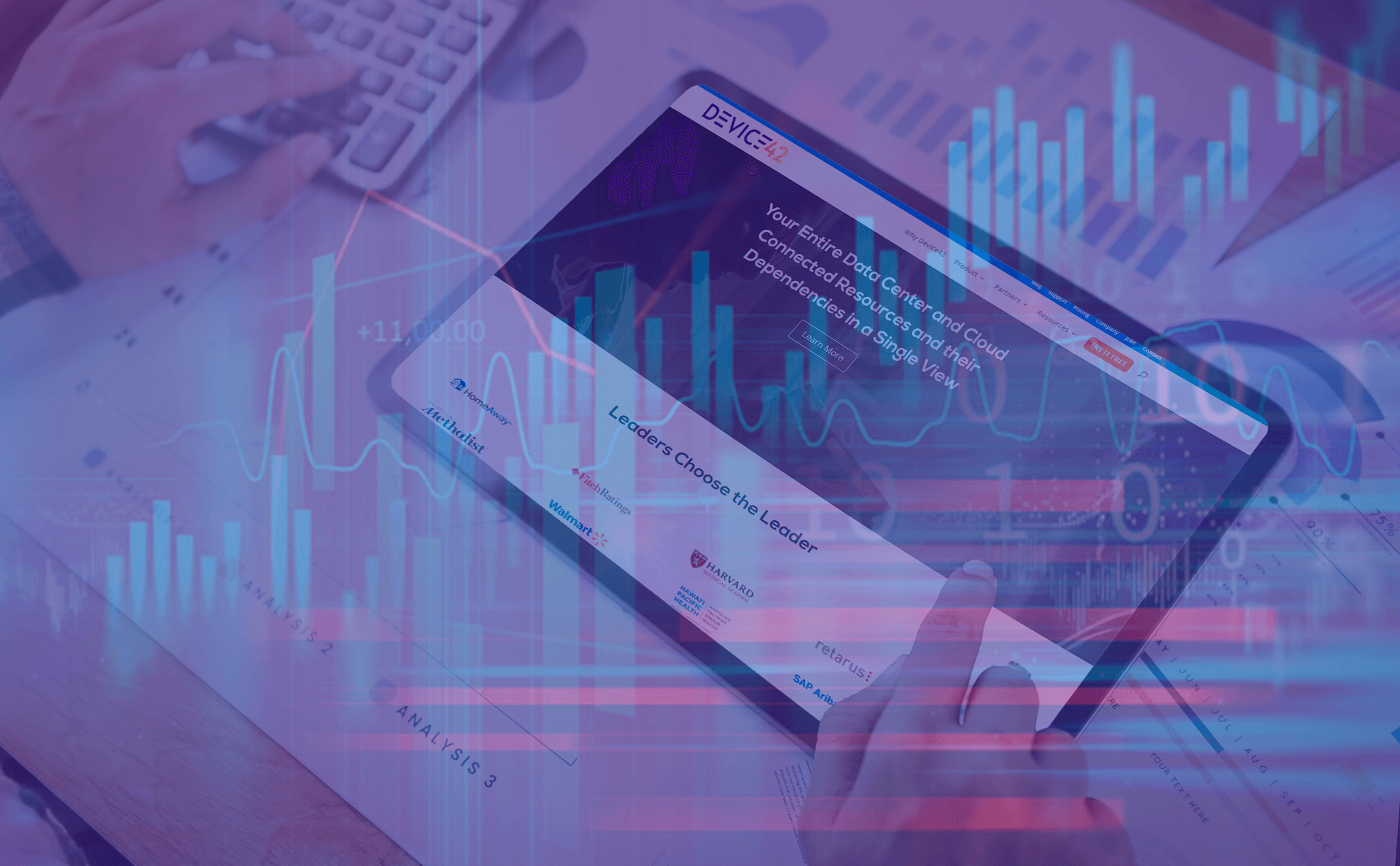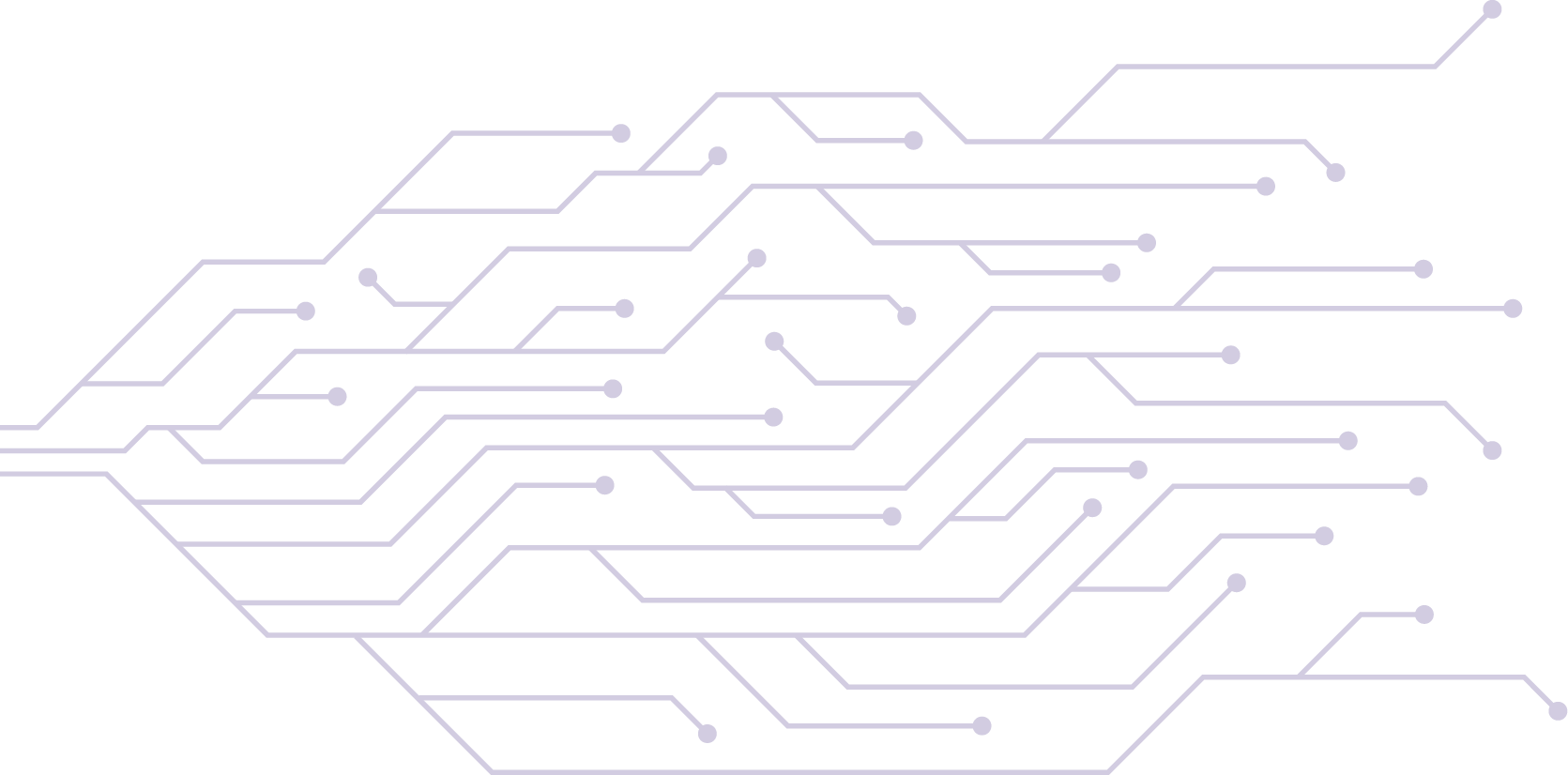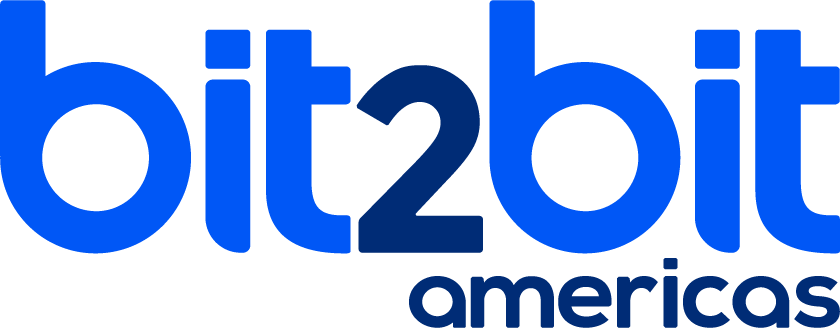Device42 is the Industry’s Most Advanced
and Complete Hybrid Cloud Discovery
& Dependency Mapping Platform
Few days left until our Device42 Core + Jira Integration Webinar!
In this webinar you will learn how Device42 helps you efficiently manage your hybrid IT infrastructure, offering you visibility from the mainframe to the cloud.
Why Device42?
Device42 is a hybrid IT Discovery and Application Dependency Mapping that offers accurate, complete and up-to-date understanding of your technology environment. It provides the data required to manage, transform and optimize with confidence. It integrates naturally with ITSM and DevOps platforms. It is a key element in scenarios such as IT Automation, hardware and software audits, CMDB in the cloud era, IT asset management, device discovery, application mapping, software license management, among others.
We have customers in more than 60 countries using these capabilities as they adopt DevOps practices and manage and modernize their IT infrastructure and application environments.


bit2bit Americas &
Device42
We have been Device42 partners since 2019, and this alliance complements our ITSM offering, allowing us to implement ITIL Configuration Management processes and creating a CMDB.


